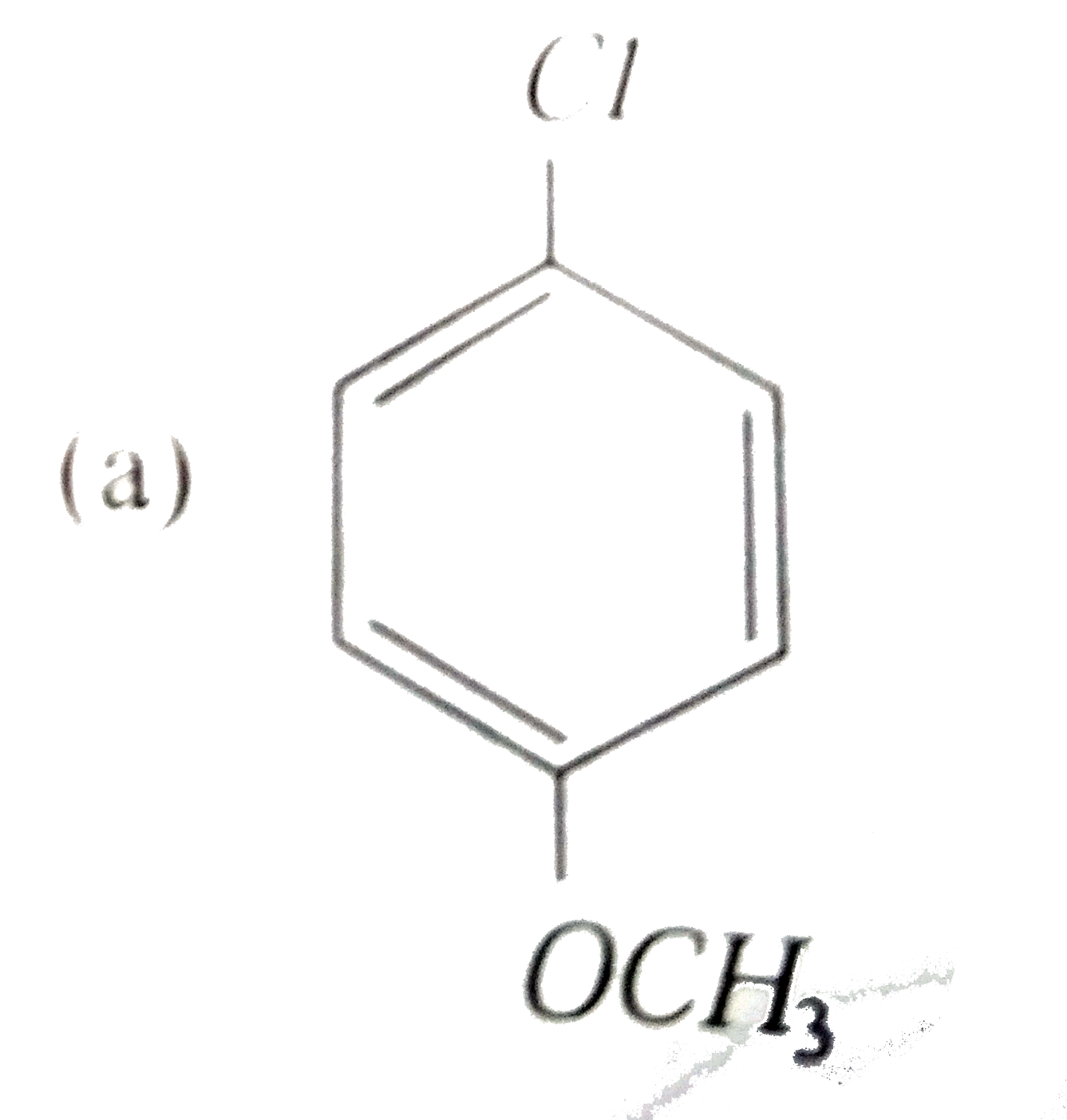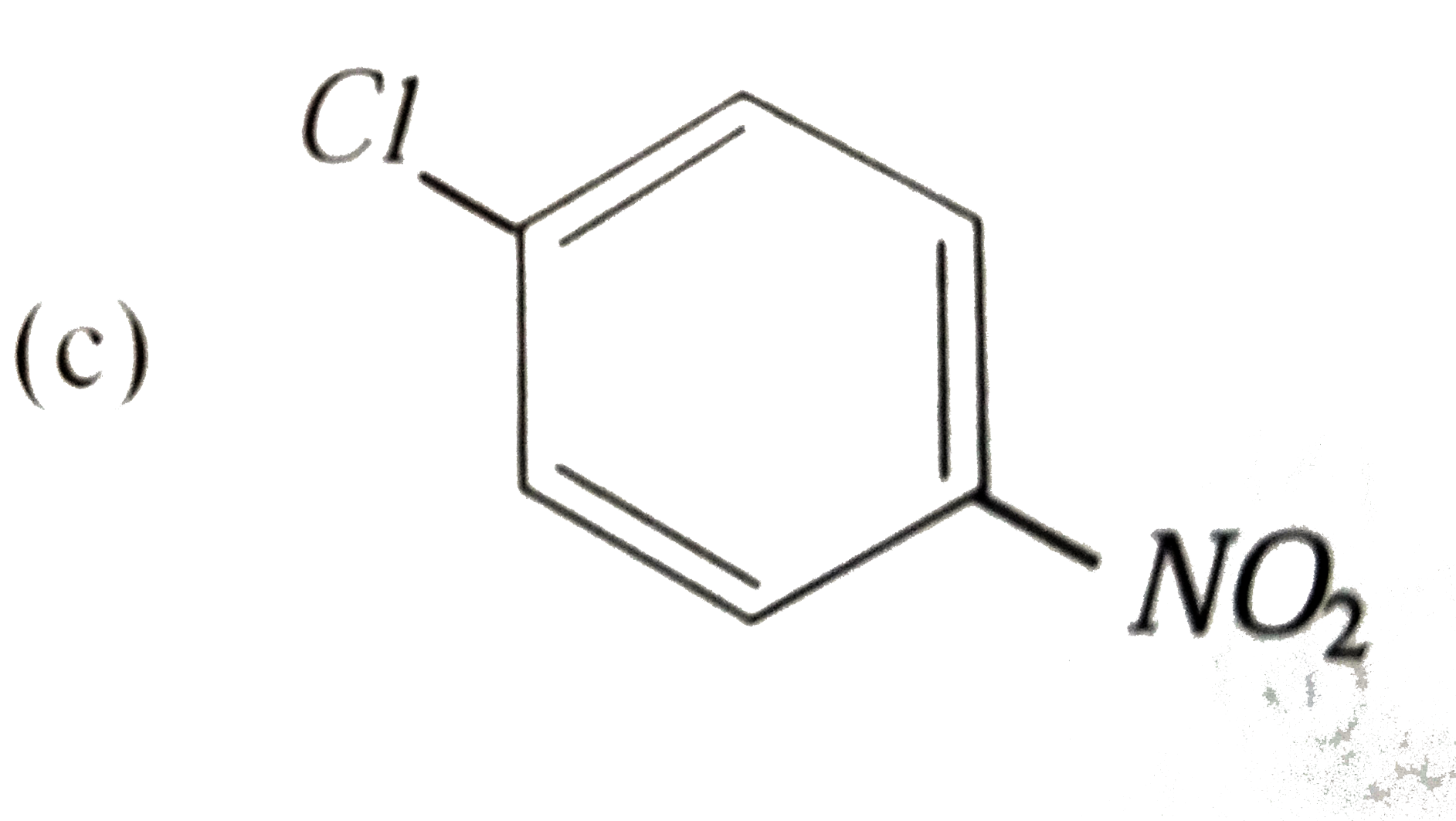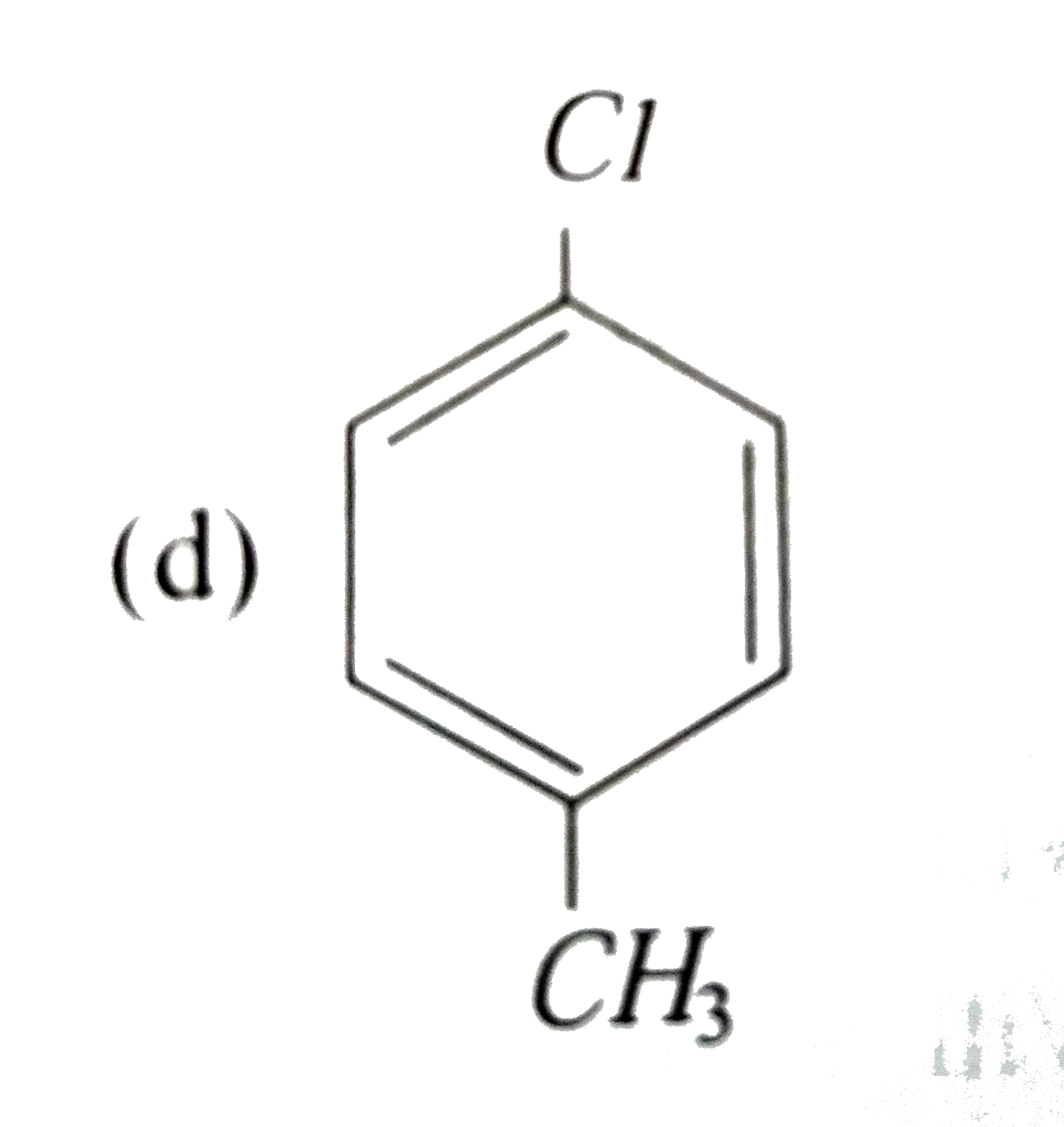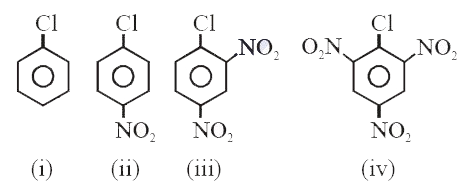Hydrolysis is a reaction in which the substance undergoes nucleophilic substitution with the solvent water. If the solvents are NH3 and ROH, then the corresponding terms are known as ammonolysis and alcoholysis respectively.
Q. Which of the following compounds shows least tendency towards hydrolysis ?
BF3
BCl3
BBr3
BI3.
The correct Answer is:A
To determine which compound shows the least tendency towards hydrolysis, we need to analyze the nature of the compounds in question. Hydrolysis involves the reaction of a compound with water, leading to the breaking of bonds and the formation of new products.
1. Understanding Hydrolysis: Hydrolysis is a reaction where a compound reacts with water, leading to the breaking of bonds. The tendency of a compound to undergo hydrolysis depends on the strength of the bonds present in that compound.
2. Identifying the Compounds: In this case, we are considering BF3 (Boron Trifluoride) and possibly other compounds. We need to compare their tendencies to undergo hydrolysis.
3. Analyzing BF3:
- BF3 is a covalent compound where boron forms three strong bonds with fluorine atoms.
- The B-F bond is quite strong, making it less likely to break in the presence of water.
- When BF3 interacts with water, it does not undergo complete hydrolysis. Instead, it forms an addition product (BF3OH), indicating that it does not fully react with water.
4. Conclusion: Since BF3 does not undergo hydrolysis completely and forms an addition product instead, it shows the least tendency towards hydrolysis compared to other compounds that may be more reactive with water.
Final Answer:
BF3 (Boron Trifluoride) shows the least tendency towards hydrolysis.
---
- BF3 is a covalent compound where boron forms three strong bonds with fluorine atoms.
- The B-F bond is quite strong, making it less likely to break in the presence of water.
- When BF3 interacts with water, it does not undergo complete hydrolysis. Instead, it forms an addition product (BF3OH), indicating that it does not fully react with water.
BF3 (Boron Trifluoride) shows the least tendency towards hydrolysis.
Similar Questions
Knowledge Check
Hydrolysis is a reaction in which the substance undergoes nucleophilic substitution with the solvent water. If the solvents are NH3 and ROH, then the corresponding terms are known as ammonolysis and alcoholysis respectively.
Q. Ammonolysis of SiCl4 followed by heating producesASi(NH2)4BSi3N4CSi(OH)4DSiO2Hydrolysis is a reaction in which the substance undergoes nucleophilic substitution with the solvent water. If the solvents are NH3 and ROH, then the corresponding terms are known as ammonolysis and alcoholysis respectively.
Q. Alcoholysis of Al(CH3)3 by CH3OH gives rise toAAlH3BAl(OH)3CAl(OCH3)3+CH4DAl2O3.Which the following compound undergoes nucleophilic substitution reaction most easily
A B
B C
C D
D
Which of the following compound will not undergo nucleophilic substitution reaction ?
View SolutionWhich of the following compounds undergoes mucleophilic substitution reaction most easily?
View SolutionThe correct order of the following compounds showing increasing tendency towards nucleophilic substitution reaction is :

View SolutionWhich of the following compounds undergoes nucleophilic substance reaction most easily?
View SolutionWhich of the following is the least reactive compound towards nucleophilic acyl substitution?
View Solution

